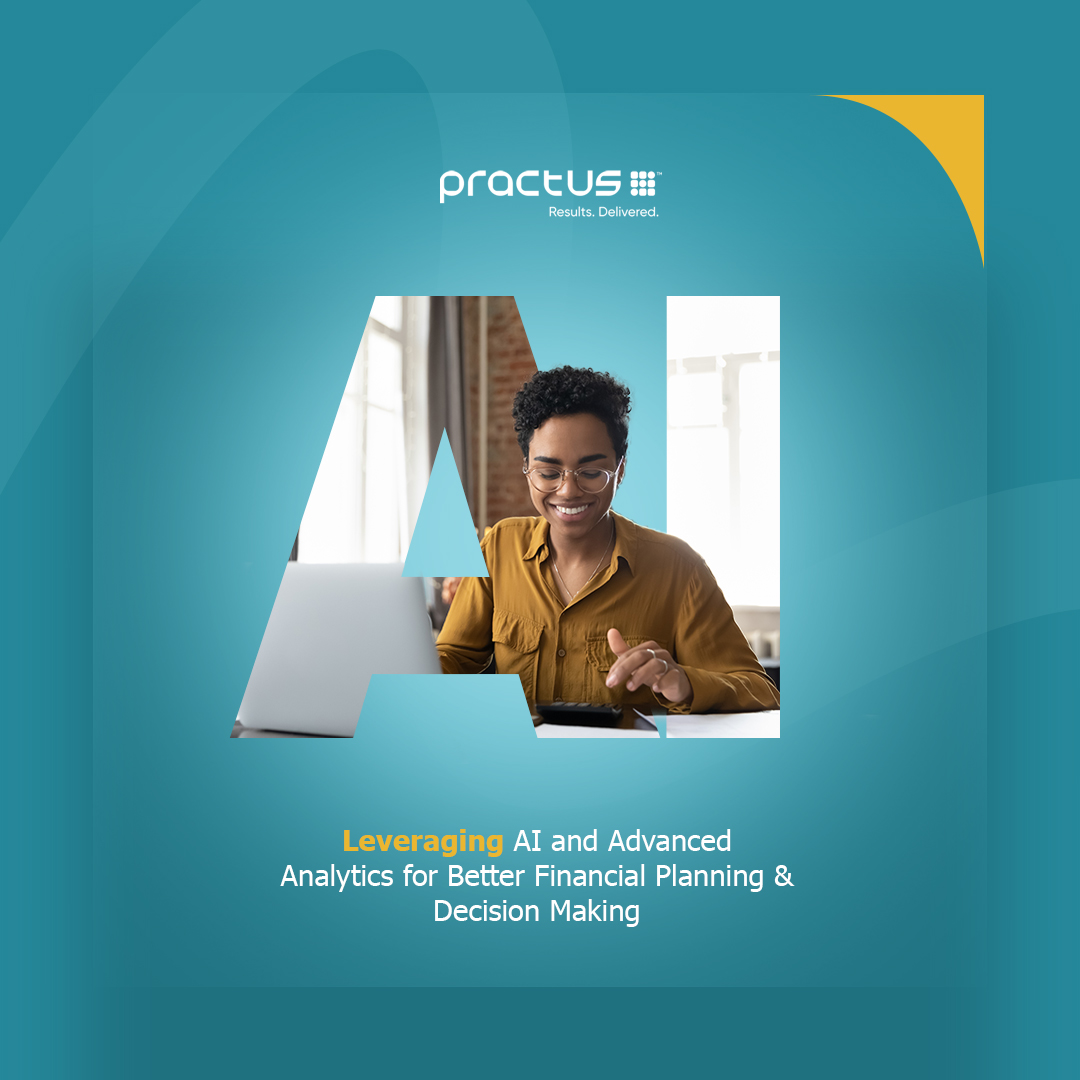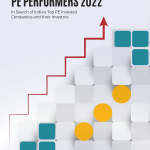
The role of CFOs is constantly changing. From merely managing the bank accounts, they have evolved into crucial decision-making roles. Today CFOs and their financial planning and analysis (FP&A) teams are looked upon to provide operational and enterprise-wide decision guidance to complex business structures. With the next phase of digital transformation in finance, this team needs to support continuously evolving business strategies. A digital-first approach to FP&A requires focus on process automation, data-based insights, and transparency – all delivered with the agility that modern workplaces demand.
Data analytics is not new for FP&A professionals, but their growing volumes – now measured in brontobytes which is equal to 10 to the 27th power of bytes – and the use of Artificial Intelligence can give them much quicker and deeper insights with far greater accuracy.
Irrespective of the data sources – internal, external, structured or unstructured – the use of advanced analytics and AI provides accurate and detailed insights that helps guide business decisions over a short-term and can be leveraged to modify or make real-time actions.
Where exactly do AI and advanced analytics fit in FP&A functions?
Artificial intelligence is being used to draw insights on everything from customer preference patterns to competitor behavior with a predictive layer now thrown in. In fact, even machine maintenance, vendor selection and material supplies can be entrusted to AI.
In fact, CFOs themselves can draw upon multiple benefits of AI for FP&A functions. They have access to (and control over) some of the most critical databases for a business – these include production and operating costs, accounts payable and receivable, and financial performance or P&L details for different business units. All of them can become the foundations to capitalize upon the value of AI and data analytics.
Let us look into some use cases where these digital technologies should be applied early to improve FP&A functions:
Moving beyond the traditional book value
A major challenge for many FP&A teams lies in evaluating the true value of business assets. Ambiguities in valuation, be it in acquiring a new company or in ascertaining the tax basis of equipment or facilities, can make a significant impact on bottom lines – both positive and adverse. By assessing a large number of comparable autonomous transactions, FP&A executives can effectively determine asset values through the use of data analytics and AI.
For e.g., AI could be leveraged to identify the most promising startups in an industry vertical. In most M&A deals, potential investors seek a comprehensive review of the potential acquisition’s technology expertise, quality of reporting across financial parameters, as also its success at maintaining environment, social and governance (ESG) compliance. With AI-based tools the acquirer can get reports that are free of data errors and human bias. It could also streamline disaggregated entity data that could potentially enhance the accuracy of synergy estimation, and help discover business opportunities that were hitherto missed.
Customer behavior and predictive analytics
Most modern enterprises get their CFOs or senior finance managers to report data layers that come from customer-facing processes – such as the receivables from the accounts department and information on product pricing from point-of-sale divisions. In the age of e-commerce, such data puts FP&A teams in a strong position to create a link between customer behavior and predictive analytics.
AI can make things easier for FP&A teams by leveraging data science and automation to assess relationships between pricing and actual receivables. They can overlay a cluster of data – such as customer demographics, kind of products bought, and payment methods used – to know how pricing affects purchase decision. To go deeper into their findings, they can even add some 3rd party data inputs such as customer location and the weather in the area.
The outcome can be an estimate of optimum pricing for a customer in a particular age group, say a 29 -35 year old female buyer who uses debit card to order groceries online when summer temperatures are extreme.
Managing bad debt with better forecasts
Gartner’s analysis of 796 financial statements recently indicated that the provisions and write-offs of bad debt increased from $9,750 million in 2019 to $12,262 million in 2020 – a 25.8% increase. This obviously led to disruptions in cashflows that reduced profitability and delayed possible expansion plans.
AI and advanced data analytics enable CFOs to make more accurate forecasts about the customers who will make pending payments in time, delay the payments, or will not be paying at all. Analyses of B2B customer data on a variety of factors such as ranking, credit ratings, sales record, audit reports and financial results found in the public domain can be used to gauge their propensity to pay debts on time. This could be used to extend credit suitably, resulting in a reduction of bad debts.
Misappropriation and expense fraud
It is not easy to discover, predict and avert incidents of internal fraud. These are largely episodic and typically do not leave a discernable data trail. They are executed at smaller scales and the culprits may manipulate data footprints to remove any trace of wrongdoing.
A Chrome River survey found that business travel expense fraud in the US ran up to $2.8 billion a year. Such incidents could potentially mess up the company’s financial plans, leaving the CFOs in dire straits.
AI addresses this conundrum effectively. It enables accounts teams to speedily examine and construe all chunks of expense data, and identify seemingly inflated claims. They can use machine learning (ML) to scan expenditure patterns and employee behaviors in different roles. ML techniques allow them to recognize common behavioral traits of employees who exaggerate or falsify expense claims. A record of such data helps CFOs to predict internal frauds and misappropriations before they occur.
Eliminating drudgery from finance
Probably no other business function in a company has as many routine and repetitive activities as the finance and accounting department. Tracking payables and processing invoices, tracking receivables and chasing debtors, and recording financial transactions are typically mundane tasks that consume significant resources and yield low returns.
AI, in tandem with process automation, helps to digitally transform traditional back office jobs in finance. While automation expedites transactions, ML processes large amounts of data for insights that guide the front office – these could be related to ways for speeding up collections, identifying profitable investment avenues, and measuring the impact of change in prices on sales.
CFOs of global companies have started adopting AI to deal with new changes in accounting regulations. Some of them also save on manpower resources by utilizing natural language processing to review lease contracts.
AI and data analytics: Adding the power of prediction to FP&A
Over the years, CFOs have based their strategic decisions on the knowledge drawn from past records of revenues, costs, taxation, audits and compliance records. AI prepares them for the future with data-based strengths of prediction.
AI and analytics-driven transformation empowers CFOs and their teams to build strategies, plan budgets, and make forecast with more confidence, accuracy, and speed for measurable positive impacts on business bottom line.


